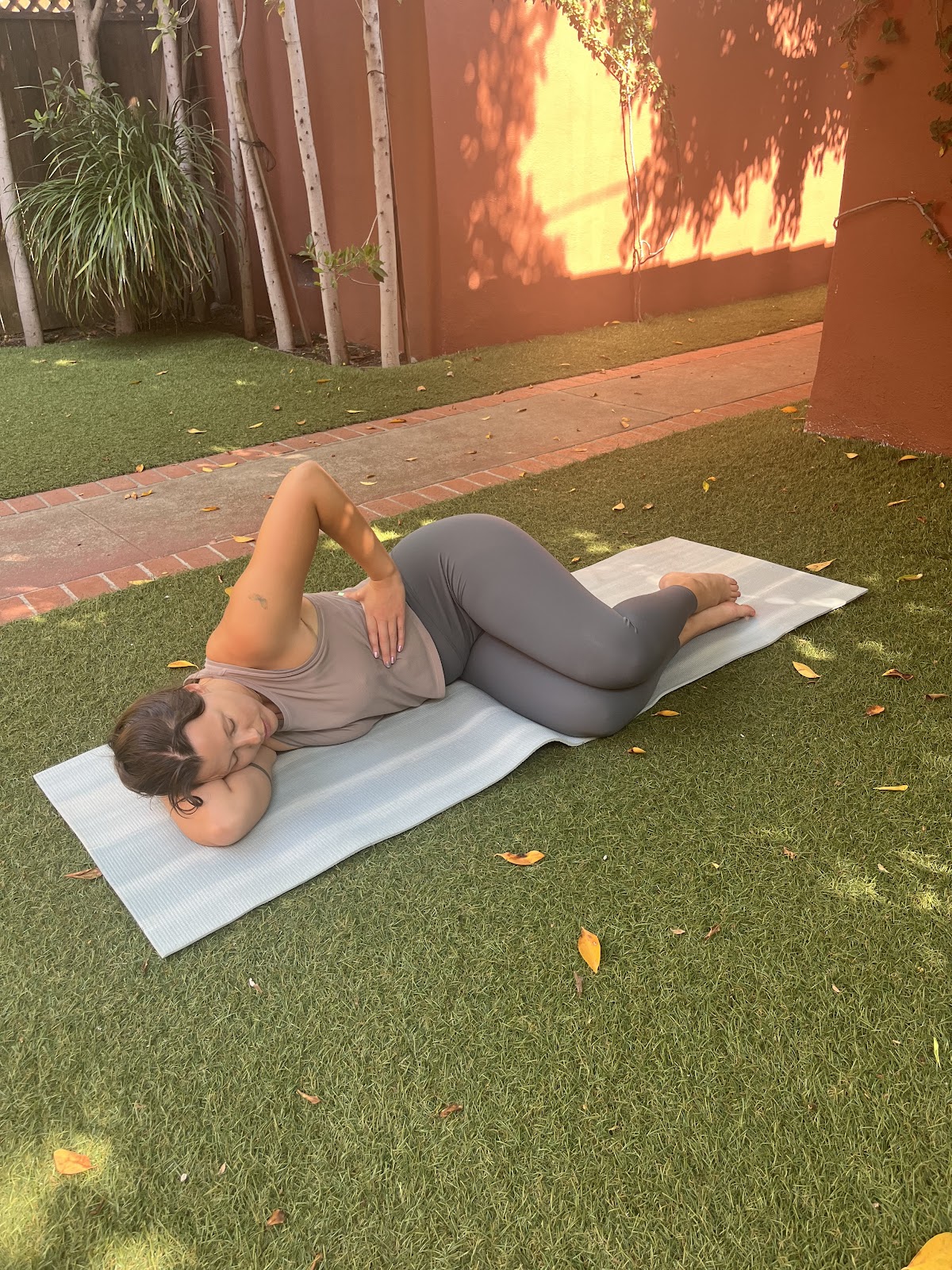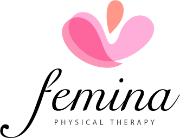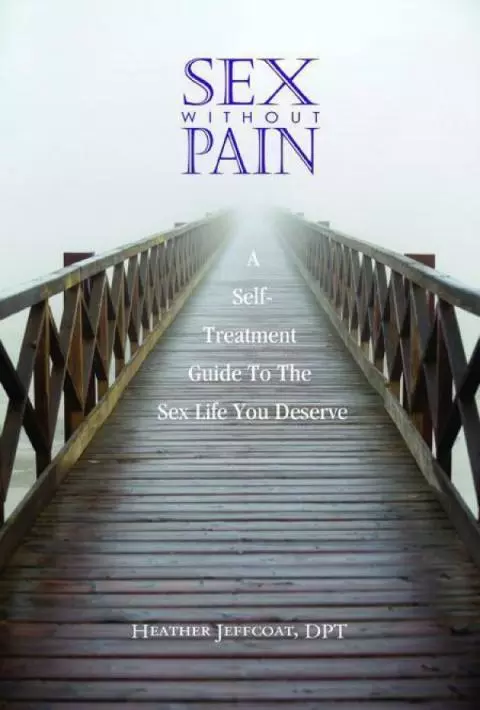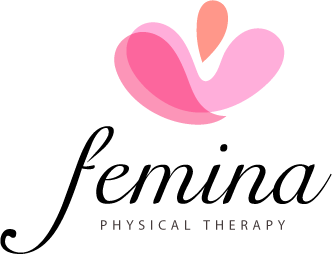Alphabetical Index of Articles on Women's Sexual, Pelvic Floor, and Reproductive Health
5 Things You Can do to Improve Postpartum Pelvic Health

Postpartum Pelvic Health Recovery Should Start Day 1.
Here are some tips to help you get your postpartum pelvic health (and general health) back on track:
This article focuses on 5 key techniques you can use to improve postpartum pelvic health. It covers diaphragmatic breathing to activate core muscles and kickstart lymphatic drainage, pelvic floor muscle coordination, posture, and the benefits of a pelvic floor evaluation by a physical therapist to begin improving postpartum pelvic health on day 1. It also provides detailed instructions and references scientific studies to provide further research.
New Year's Resolutions For Your Pelvic Floor | Breathe!

Believe it or not, the pelvic floor can affect the quality of our breathing.
The opposite is also true:
Promoting efficient diaphragmatic breathing can improve function of the pelvic floor.
In this study by Zivkovic et al. Zivkovic et al., diaphragmatic breathing exercises were effective in helping to retrain children with voiding dysfunctions, including bowel and bladder issues.
Restorative 20 Minute Home Yoga Practice For Chronic Pelvic Pain

Yoga Practice For Chronic Pelvic Pain Can Be a Very Helpful Routine
As stated in my last blog post, yoga can be so beneficial as a pain management tool due to its ability to modulate the sympathetic nervous system3,4 which plays a large role in chronic pain. The exact mechanism of how yoga helps with chronic pain is still being studied, however, it is reasonable to believe the full body relaxation promoted by a yoga practice helps to decrease tension in key muscle groups- including the hips and pelvic floor which are often tight in people with chronic pelvic pain.
Currently, evidence has mostly focused on one hour long practices as an intervention, although there are some studies that report improvements in pain with shorter practices, such as the routine below. As with any mobility/stretching routine, benefits will be seen with more frequent practice, however even twice weekly can help decrease pain.












